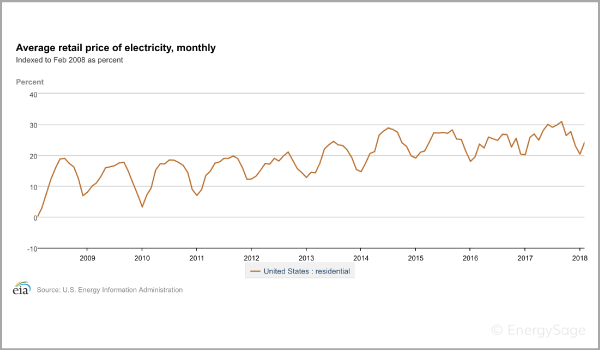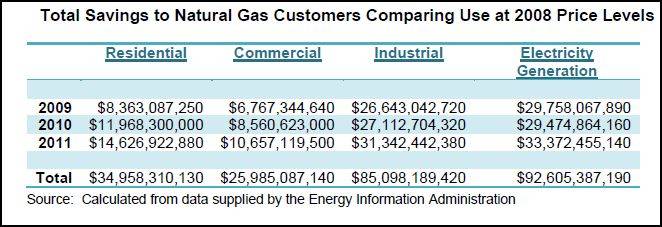Between 2009 and 2017, the price of solar panels per watt declined by 75 percent while the price of wind turbines per watt declined by 50 percent.
And yet — during the same period — the price of electricity in places that deployed significant quantities of renewables increased dramatically. […]
What gives? If solar panels and wind turbines became so much cheaper, why did the price of electricity rise instead of decline?
I am so ahead of my time.
And yet — during the same period — the price of electricity in places that deployed significant quantities of renewables increased dramatically. […]
What gives? If solar panels and wind turbines became so much cheaper, why did the price of electricity rise instead of decline?
I am so ahead of my time.



